© 2025 ALLCITY Network Inc.
All rights reserved.

Even after enduring a 110-loss season, Arizona Diamondbacks fans are probably more spoiled than they’re willing to admit.
Entering year 25, their franchise has had more than its fair share of legendary talent. Hall-of-Famer Randy Johnson, future Hall-of-Famer Zack Greinke and potential Hall-of-Famer Curt Schilling each spent significant portions of their careers in Arizona.
But we all know the Diamondbacks haven’t gotten that kind that kind of performance everywhere on the diamond. The team has rarely had star power in the outfield corners, no shortstop has ever made an All-Star game and the bullpen’s felt like something of a black hole for years.
Using fWAR, we can see how much value the D-backs have received from each position on the diamond, dating back to the team’s inception in 1998. I’ve also included their ranking, so we can see how their fWAR number stacks up compared to the rest of the league.
| Position | fWAR (Ranking) |
| C | 52.7 (10th) |
| 1B | 61.6 (11th) |
| 2B | 67.0 (7th) |
| SS | 36.2 (27th) |
| 3B | 42.0 (28th) |
| LF | 62.4 (18th) |
| CF | 79.9 (13th) |
| RF | 39.5 (28th) |
| SP | 297.6 (8th) |
| RP | 43.1 (29th) |
Before we dive into the numbers, I need to give a quick disclaimer concerning players that play multiple positions, which is best explained with an example.
In 2019, Ketel Marte produced 7.0 fWAR splitting time in center field and second base. Unfortunately, rather than splitting up his fWAR based on how much he accumulated at each position, FanGraphs counts the entire 7.0 fWAR for both center field and second base. As a result, some of the numbers here are inflated. I’ll point out the worst cases of this as we go.
Nonetheless, the fact that these fWAR totals span a nearly 25-year period — and that the same type of inflation is happening for other teams — should drown out the noise. With that being said, let’s jump in.
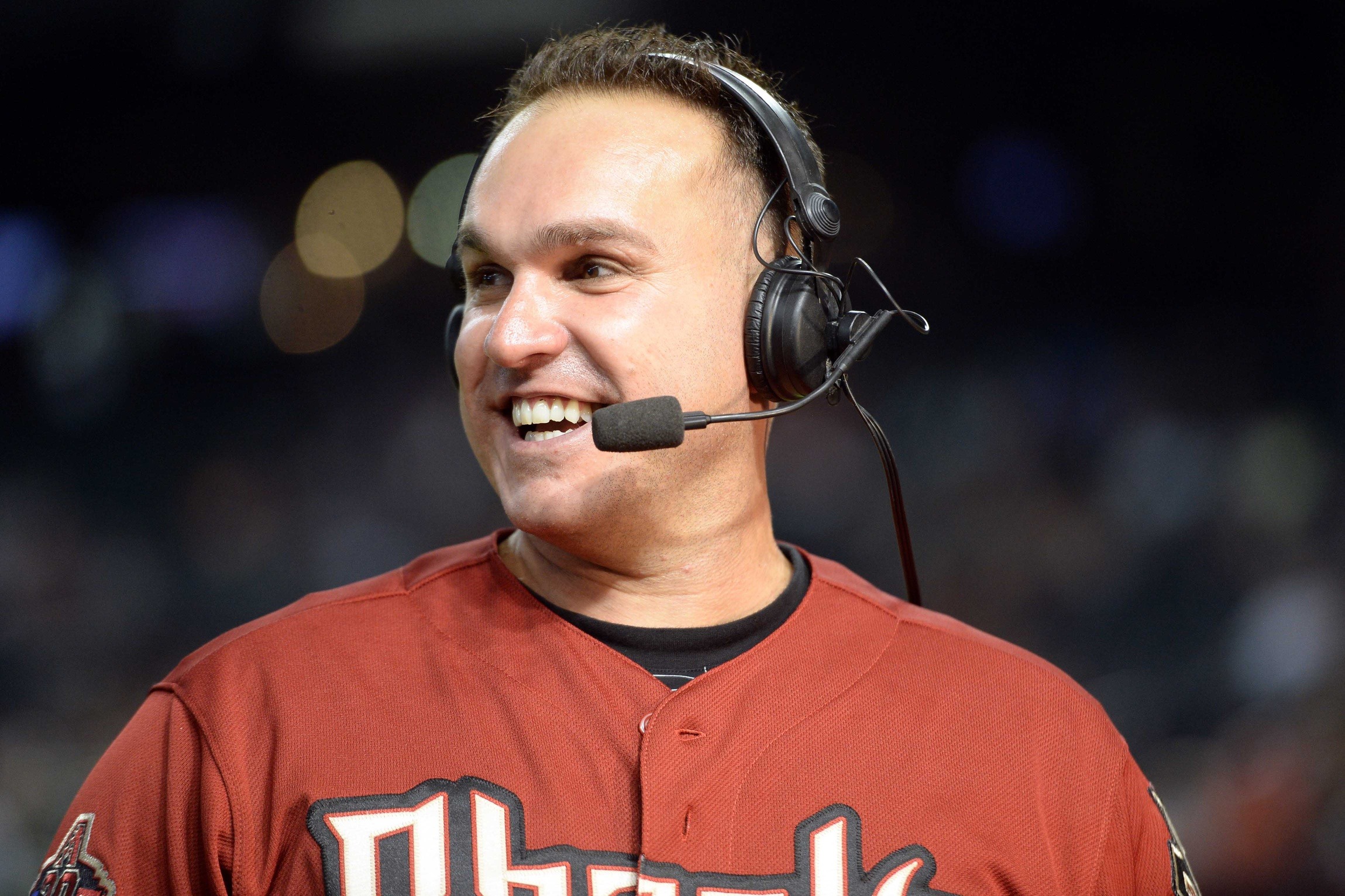
Catcher | 52.7 fWAR (10th)
Top Performers: Miguel Montero, Damian Miller, Chris Snyder
If you’re like me, you probably forgot that former Venezuelan phenom Miguel Montero broke into the majors at age 22 in 2006. After splitting time with the always reliable Chris Snyder for a few seasons, Montero took over catching duties full-time in 2011. He slashed .282/.351/.469 with 18 homers and 86 RBIs that year, good enough to earn his first All-Star game nod.
Montero followed that up with a similarly productive 2012 season, and he’s far and away the most productive catcher in franchise history. Staying with the team through 2014, Montero produced a total of 23.3 fWAR with a .264/.342/.421 slash line in his D-backs career.
With Carson Kelly under team control for three more seasons, it wouldn’t be surprising to see Kelly overtake Snyder on this list in the next few years. He’s only 2.5 fWAR away.
First Base | 61.6 fWAR (11th)
Top Performers: Paul Goldschmidt, Erubiel Durazo, Greg Colbrunn
It’s impossible to capture what Paul Goldschmidt meant to the Diamondbacks franchise. He wasn’t just America’s First Baseman. He was the closest a Diamondback has ever gotten to winning an MVP award.
From comically owning two-time Cy Young Award winner Tim Lincecum, to mashing a postseason grand slam in his rookie season, to launching a first-inning homer in the 2017 National League Wild Card game, Goldy will live on forever in the hearts and minds of Diamondbacks fans.
With 36.6 fWAR in his D-backs career, Goldschmidt produced more than seven times as much value as the franchise’s next-best first baseman, Erubiel Durazo.
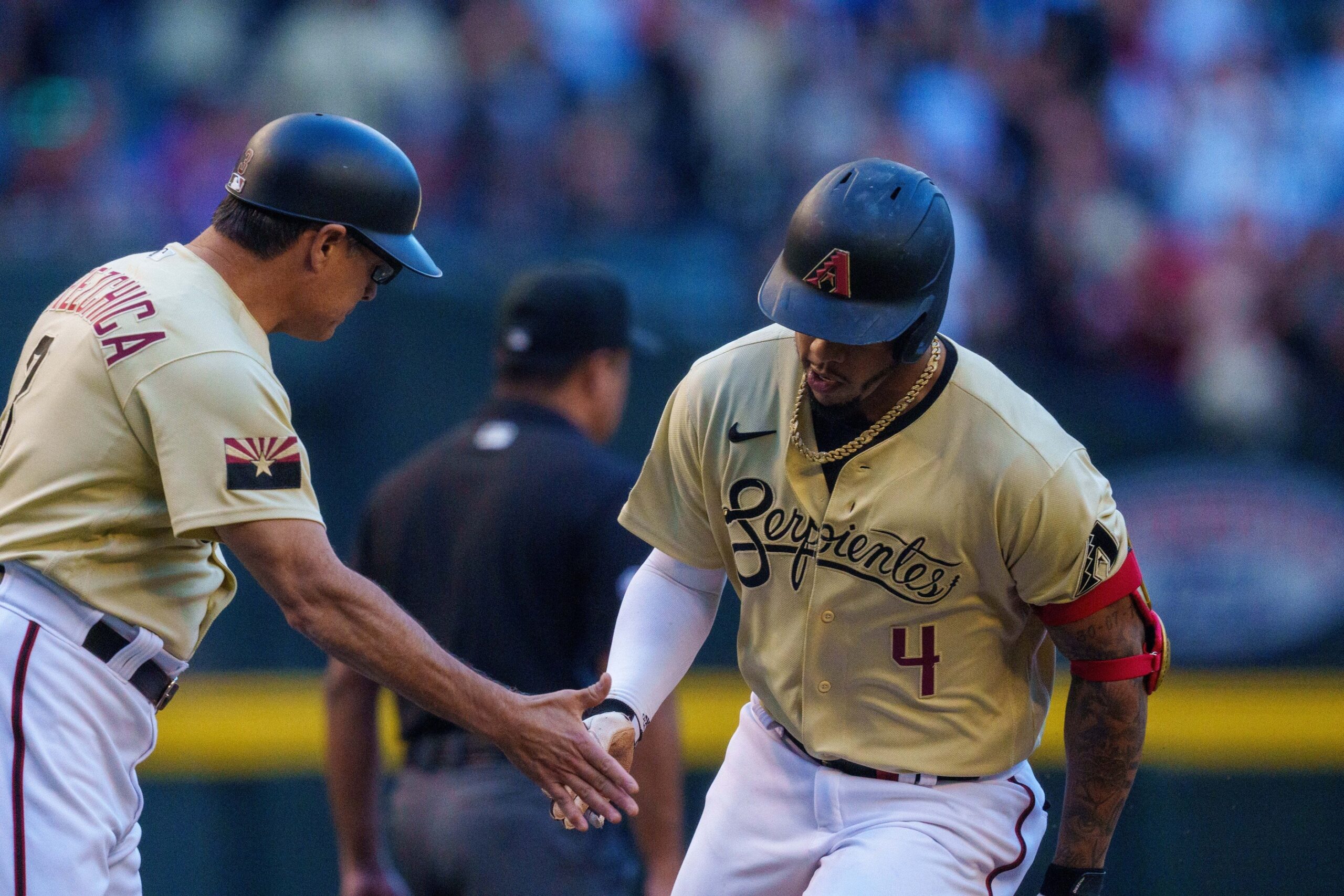
Second Base | 67.0 (7th)
Top Performers: Ketel Marte, Jay Bell, Aaron Hill
Seventh feels like a generous ranking for D-backs’ second basemen, and it probably is. The counting mishap discussed earlier definitely factors in here since many of the D-backs’ second basemen over the years also played other positions. The main culprits are the aforementioned Marte, along with Craig Counsell and Jay Bell, each of whom spent significant time at shortstop and third base.
Granted, it is not uncommon for second basemen to play multiple positions, so other teams’ fWAR totals at second base are likely inflated for the same reason. The D-backs’ sliding in at seventh probably isn’t far off.
Even after separating out his time spent in center field, Marte is still the most valuable second baseman in team history. That gap will only widen in the years to come as Marte figures to play out the majority of his remaining time in Arizona at second base.
Marte isn’t the first great second baseman in D-backs history, though. Bell had a late-career surge from 1998-00, including a 38-homer season in 1999. Aaron Hill, Kelly Johnson, Orlando Hudson, Ryan Roberts and Jean Segura have all helped bridge the gap from Bell to Marte, each holding down the position competently for a year or more.
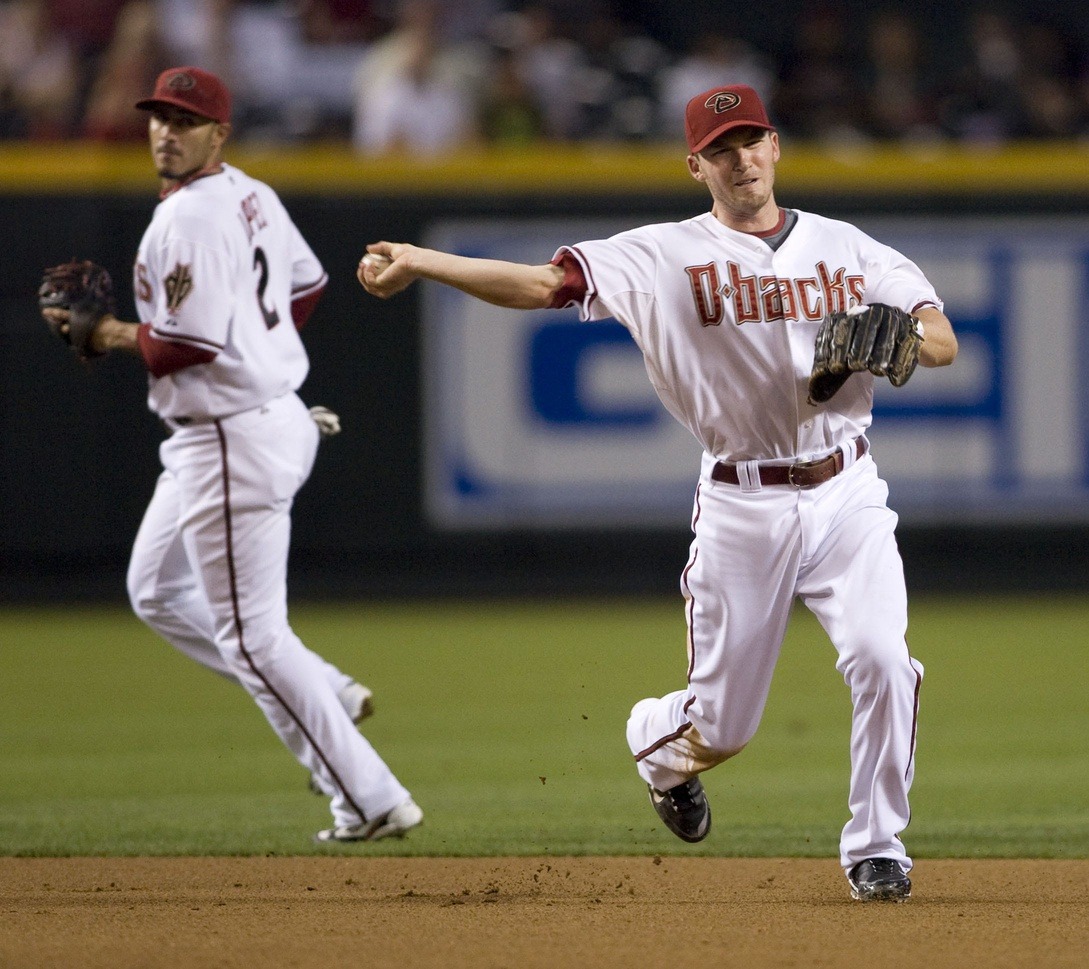
Shortstop | 36.2 fWAR (27th)
Top Performers: Stephen Drew, Nick Ahmed, Craig Counsell
Over the last decade, the general perspective on shortstops around the game has undergone a cosmic shift. In the early 2000s, most shortstops were defense-first, slap-hitting types. Today, shortstops are some of the flashiest players in the game on both sides of the ball — players like Fernando Tatis Jr., Javier Baez and Trea Turner. Unfortunately, the D-backs have never had a shortstop who fits that mold.
As arguably the most promising shortstop prospect in team history, Stephen Drew fell short of the hype. But he was still very good in his D-backs career, slashing .266/.328/.436 with 10.6 fWAR from 2006-12.
After Drew, defensive wizard Nick Ahmed is next in line with 5.3 career fWAR. Unfortunately, no matter how great his glove is, Ahmed’s bat has always held him back from being a top-10 shortstop.
It’s hard to say if the D-backs would really want to undo the trade that brought in Robbie Ray, but Didi Gregorius posted 15.6 fWAR for the New York Yankees from 2015-19. If that deal hadn’t happened, Gregorius would be far and away the D-backs’ most valuable shortstop in franchise history.

Third Base | 42.0 fWAR (28th)
Top Performers: Matt Williams, Mark Reynolds, Jake Lamb
Frankly, the hot corner has been something of a hot mess for the D-backs.
Despite being well past his prime when he joined the team in 1998, Matt Williams is the most valuable third baseman in franchise history. From 1998-03, Williams slashed .278/.327/.471 and posted 8.8 fWAR with Arizona. Amazingly, his batting line translates to a wRC+ of just 98, meaning Williams was actually a slightly below-average hitter when adjusting for ballpark factors and the era he played in.
Second on the list is Mark Reynolds, who recently retired after a 13-year career that began in Arizona at age 23. Reynolds’ calling card was always his power, and he showcased it well in 2009, mashing 44 homers with an impressive .260/.349/.543 batting line. Unfortunately, that was the only year of his career Reynolds managed to surpass the 2.0-WAR mark.
Jake Lamb had several promising seasons in Arizona before undergoing season-ending shoulder surgery in 2018. Lamb has never been the same since the injury. In the meantime, the team turned to Eduardo Escobar to man third base from mid-2018 through mid-2021. Escobar was quite good, but he recently signed with the New York Mets.
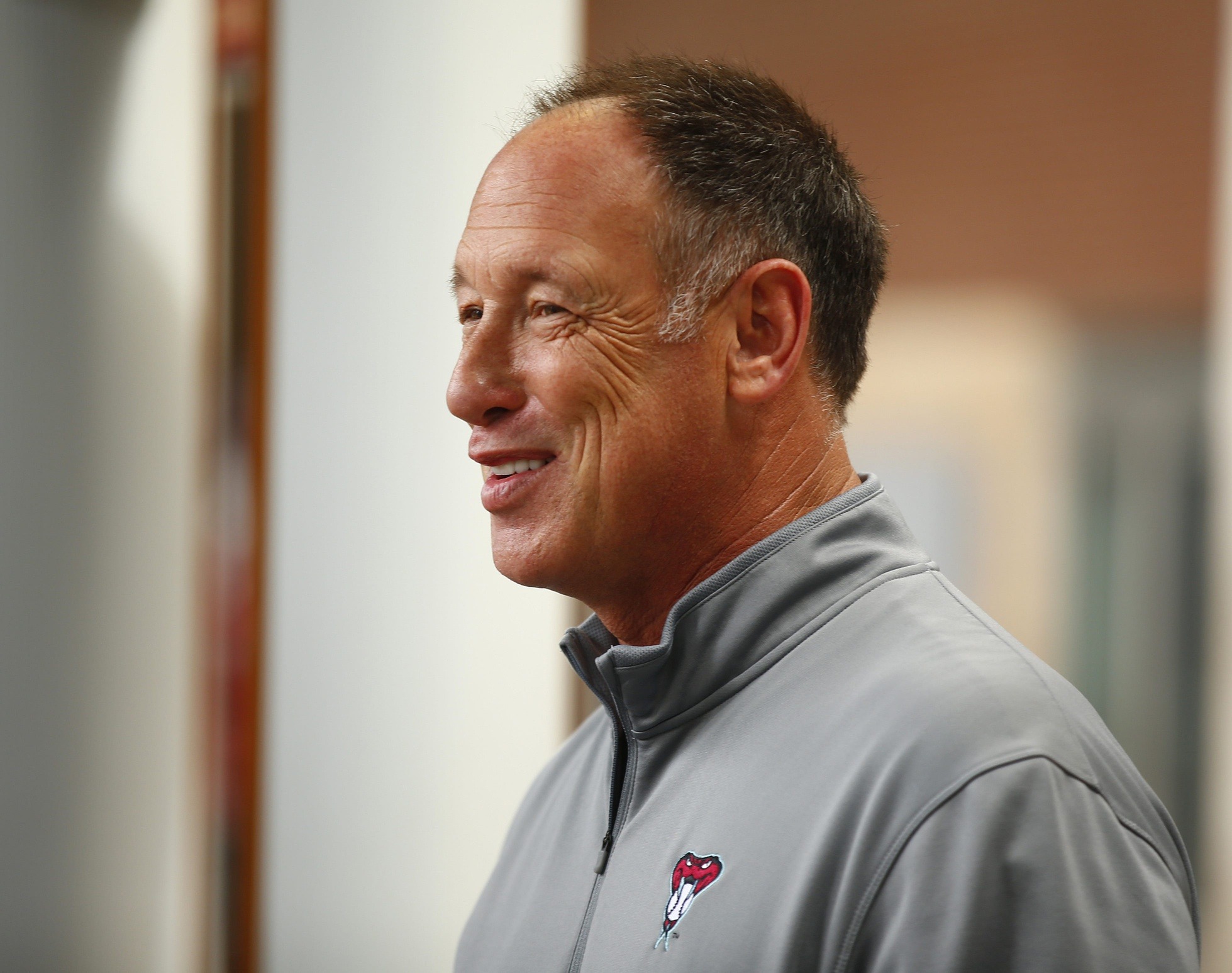
Left Field | 62.4 fWAR (18th)
Top Performers: Luis Gonzalez, David Peralta, Gerardo Parra
Much like the Goldschmidt situation, the D-backs’ have gotten more than half of their fWAR in left field from one player: Luis Gonzalez.
Gonzo slashed .298/.391/.529 during his D-backs career, posting 33.8 fWAR and walking more than he struck out. In 2001, he had the greatest single-season performance from a position player in franchise history, batting an other-worldly .325/.429/.688 with 57 homers and 142 RBIs.
Following Gonzalez, David Peralta lands comfortably in second place. While his numbers aren’t nearly as flashy as Gonzo’s, Peralta had a pair of nearly 4.0-WAR seasons in 2015 and 2018. He is the best position player in franchise history to spend his entire career in Arizona.

Center Field | 79.9 fWAR (13th)
Top Performers: Steve Finley, A.J. Pollock, Chris Young
Despite struggles in the outfield corners, the Arizona Diamondbacks have had several great center fielders over the years. From 1999 to mid-2004, it was Steve Finley. In his age-34 through age-39 seasons in Arizona, Finley slashed a remarkable .278/.351/.500 with 153 homers and 70 stolen bases. His 18.2 career fWAR with the D-backs narrowly beats out 17.1 from A.J. Pollock.
Pollock had undoubtedly the best single season ever by a D-backs center fielder in 2015, when he batted .315/.367/.498 with 20 homers, 76 RBIs, 39 stolen bases and the NL Gold Glove award. Despite being constantly ravaged by injuries, Pollock has remained productive since. Last year with the Los Angeles Dodgers, he posted a career-high .892 OPS.
Once viewed as a possible star, Chris Young never quite reached his ceiling in Arizona (or elsewhere). But he still came just three stolen bases shy of posting a 30-30 season in his rookie season at age 23. Young was the D-backs’ starting center fielder from 2007-12, batting a combined .239/.318/.437 in his career while being well-regarded defensively.
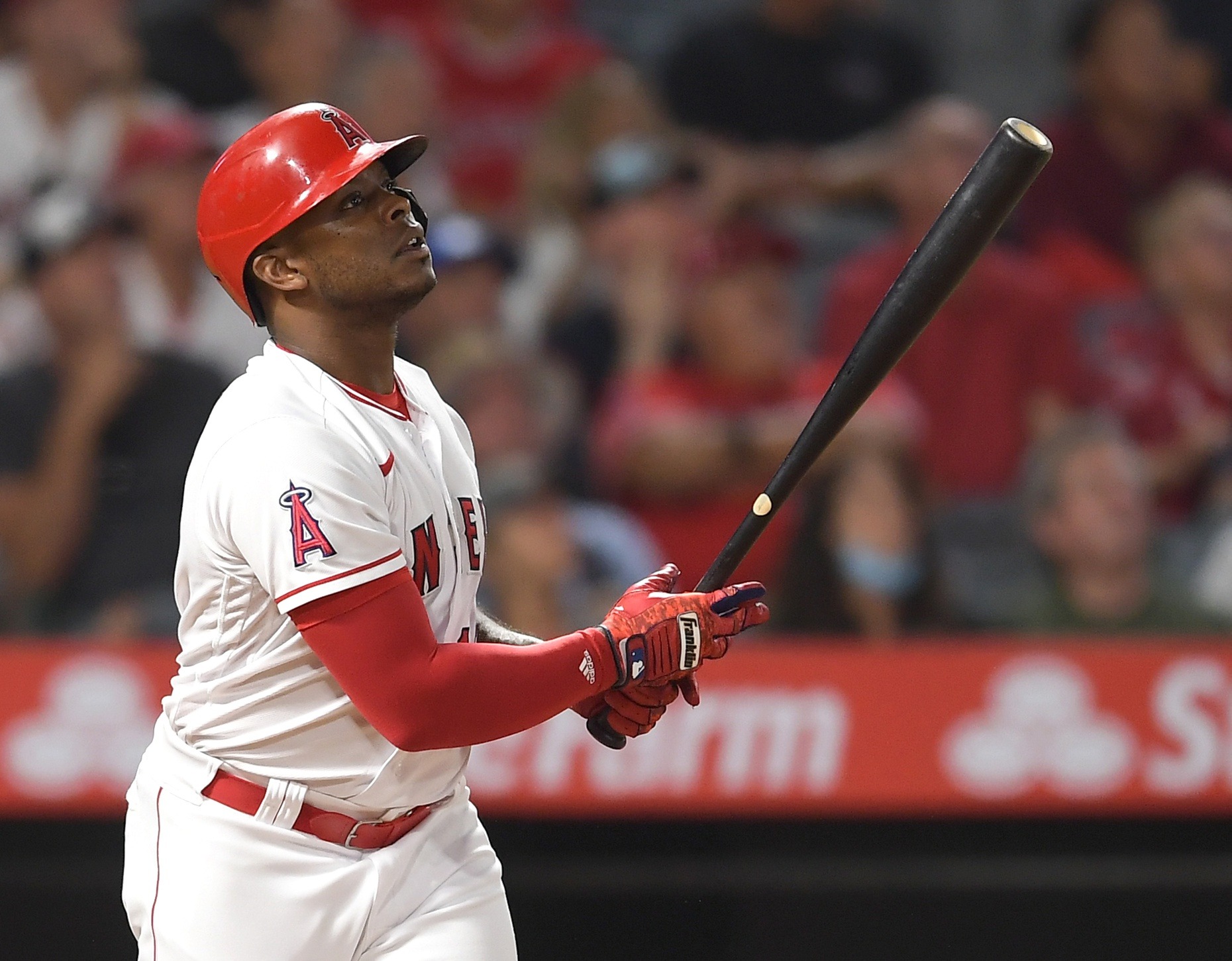
Right Field | 39.5 fWAR (28th)
Top Performers: Justin Upton, Reggie Sanders, Gerardo Parra
Drafted first overall in 2005, Justin Upton rose quickly through the D-backs’ minor league system and made his major league debut at the age of 19. While Upton didn’t live up to the hype that came with that resumé, he did have a pair of excellent seasons in 2009 and 2011 in Arizona.
Upton has now played 15 seasons in the majors with a career batting line of .262/.343/.471. Superstar? No. Hell of a career? Yes. It’s a shame only a slice of it happened in Arizona.
Reggie Sanders only spent one year with the D-backs, but it was a good one. In 2001, Sanders slashed .263/.337/.549 with 33 homers and 90 RBIs.
Of course, D-backs fans will never forget J.D. Martinez’s 29 homers in the second half of the 2017 season. Unfortunately, Martinez signed with the Boston Red Sox in free agency shortly thereafter.
The overarching story in right field is simple: The D-backs have let too many slip away.
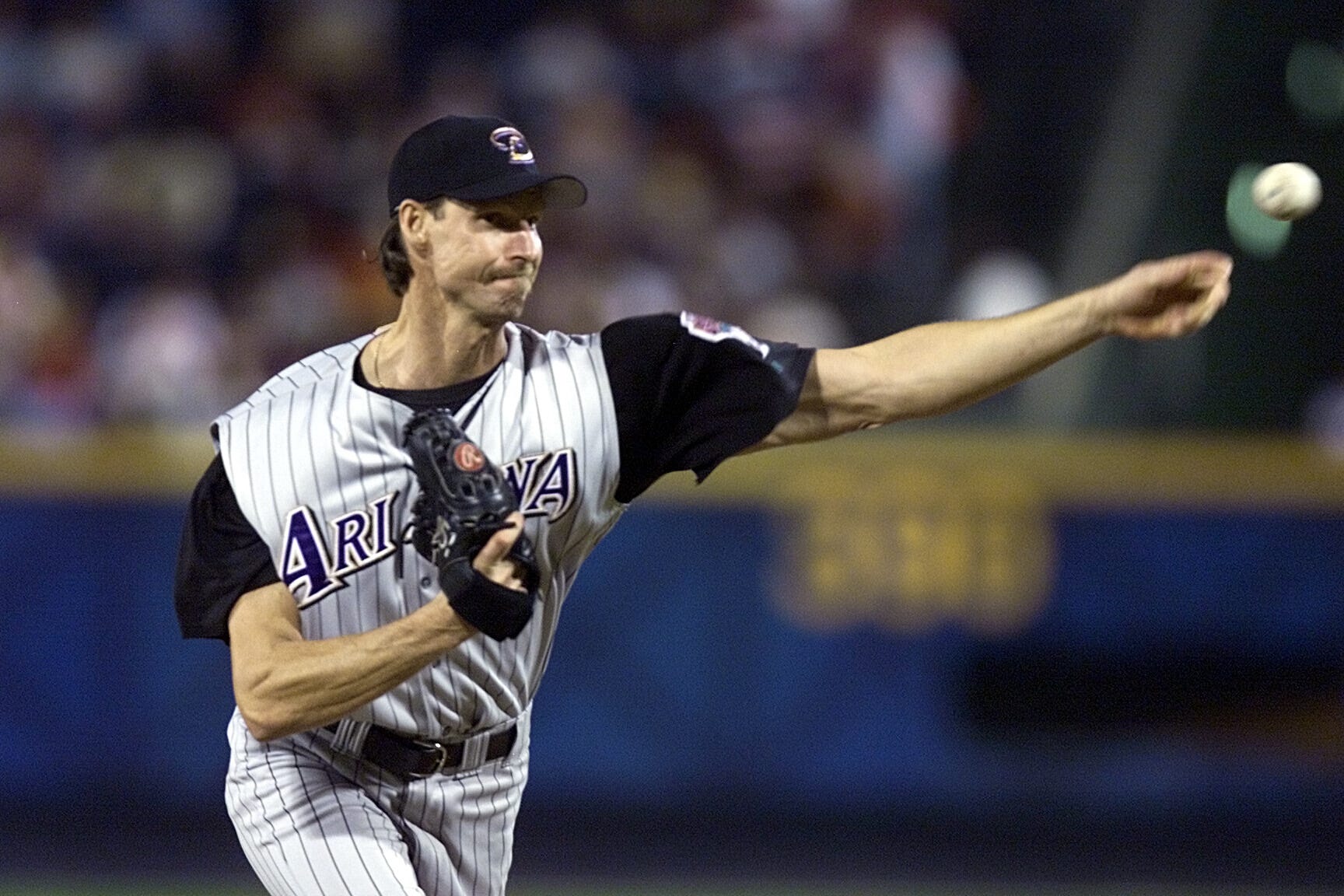
Starting Pitching | 297.6 fWAR (8th)
Top Performers: Randy Johnson, Brandon Webb, Curt Schilling
Not much needs to be said about Johnson and Schilling at this point, but Brandon Webb’s Diamondbacks career is criminally under-appreciated. Riding an absurd ground-ball rate of 64.3 percent, Webb posted a career ERA of 3.27 and won the NL Cy Young Award in 2006. It’s disappointing his career was cut short by a shoulder injury. But hey, at least we get to watch him on TV now…
Beyond the aforementioned big three, the D-backs have had several other notable starting pitchers over the years that contribute to their impressive eighth place ranking. Dan Haren was an All-Star in 2008 and 2009. Ian Kennedy had one of the more unprecedented breakout seasons in D-backs history in 2011, going 21-4 with a 2.88 ERA. Patrick Corbin went 11-1 with a 2.35 ERA in the first half of the 2013 season. After returning from Tommy John surgery, he had a similarly lights-out season in 2018.
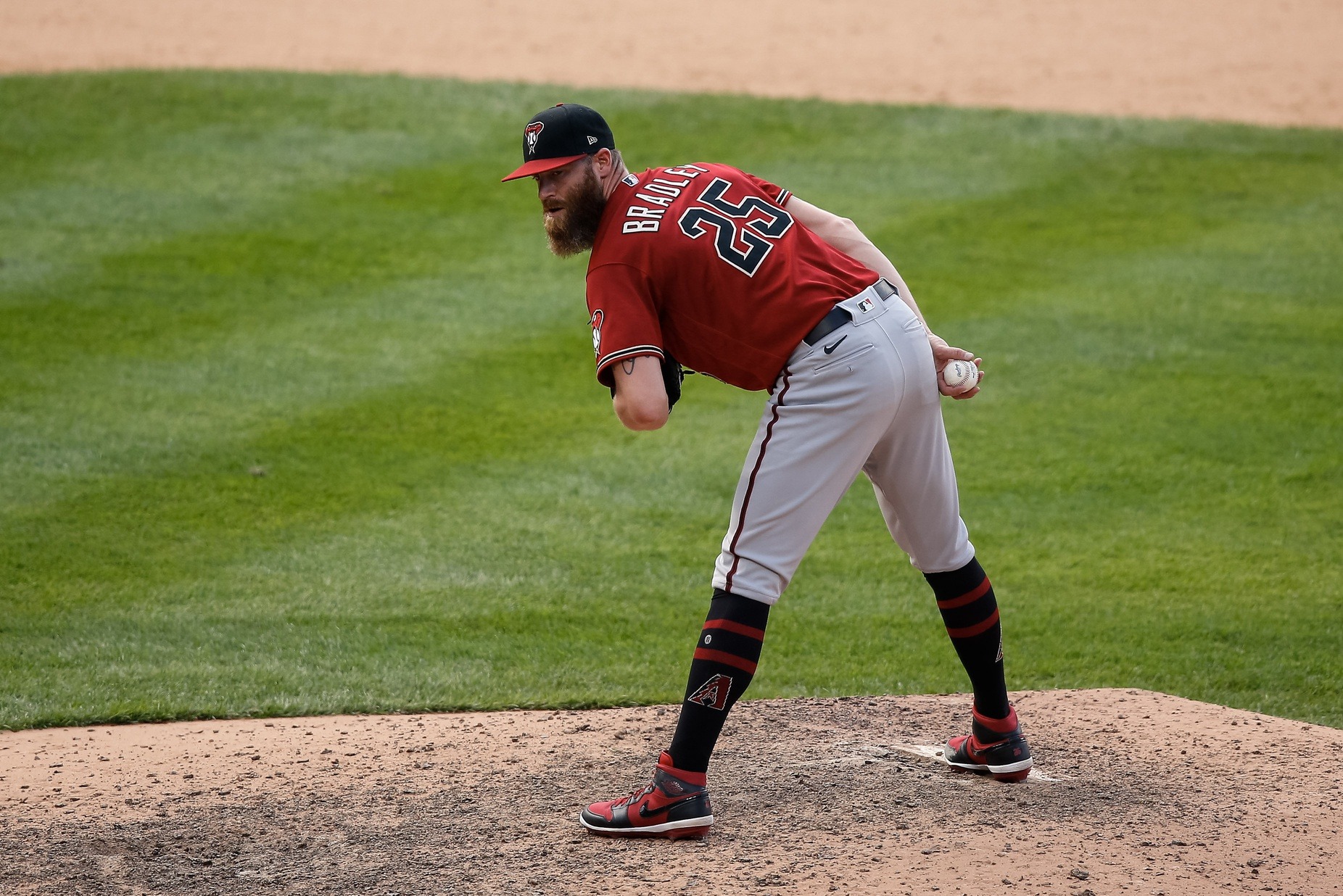
Relief Pitching | 43.1 fWAR (29th)
Top Performers: Byung-Hyun Kim, Jose Valverde, Archie Bradley
I wrote a full piece on the D-backs’ persistent bullpen problems back in November, and suffice it to say the team needs to consider significant changes in how they develop and acquire relievers. Only the Detroit Tigers have received less value from their bullpen since 1998.
That being said, there have been a few bright spots along the way. Despite the myriad of highlight videos we’ve all seen of his World Series meltdowns, Byung-Hyun Kim was an accomplished reliever. In 2001 and 2002, he posted ERAs of 2.94 and 2.04, respectively, covering 182 innings.
Arizona Diamondbacks fans likely have fond (and gut-wrenching) memories of Jose Valverde, who saved 47 games with a 2.66 ERA in 2007.
Archie Bradley established a lovable brand during his time in Arizona. After posting an excellent 1.73 ERA in 2017, Bradley fell back to earth in 2018 and 2019. But fans will never forget his outburst of emotion while walking off the mound on Aug. 8, 2017, when he exclaimed “This is our house” before a sea of Dodger blue at Chase Field.
Follow Jesse Friedman on Twitter
Get Arizona's Best Sports Content In Your Inbox!Become a smarter Arizona sports fan with the latest game recaps, analysis and exclusive content from PHNX's writers and podcasters!
Just drop your email below!
Comments
Share your thoughts
Join the conversation



